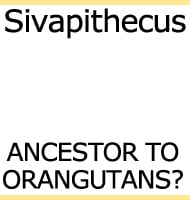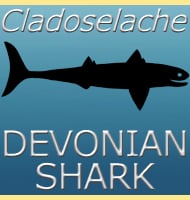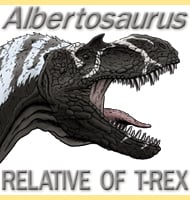In Depth
Archaeothyris is currently enjoying recognition as the oldest confirmed synapsid in the fossil record. Although there is some evidence that the synapsids evolved earlier, the fragmentary state of these fossils has made their classification impossible to determine with certainty. This means that Archaeothyris continues to represent the branch of the evolutionary line that would result in the pelycosaurs, therapsids and early mammals.
As a living creature Archaeothyris looked like a modern day lizard, although at fifty centimetres long, it was one of the larger carnivores that were scurrying around the carboniferous forests. Its mouth had teeth that were small and sharp with two enlarged canines, suggesting an insectivorous diet at a time when the arthropods grew larger than they do today. Although Archaeothyris is potentially an evolutionary giant, its lifestyle would have been more or less the same as its other reptilian contemporaries.
Further Reading
– Pelycosaurian Reptiles from the Middle Pennsylvanian of North America. – Bulletin of the Museum of Comparative Zoology 144(2):27-60. – R. R. Reisz – 1972










